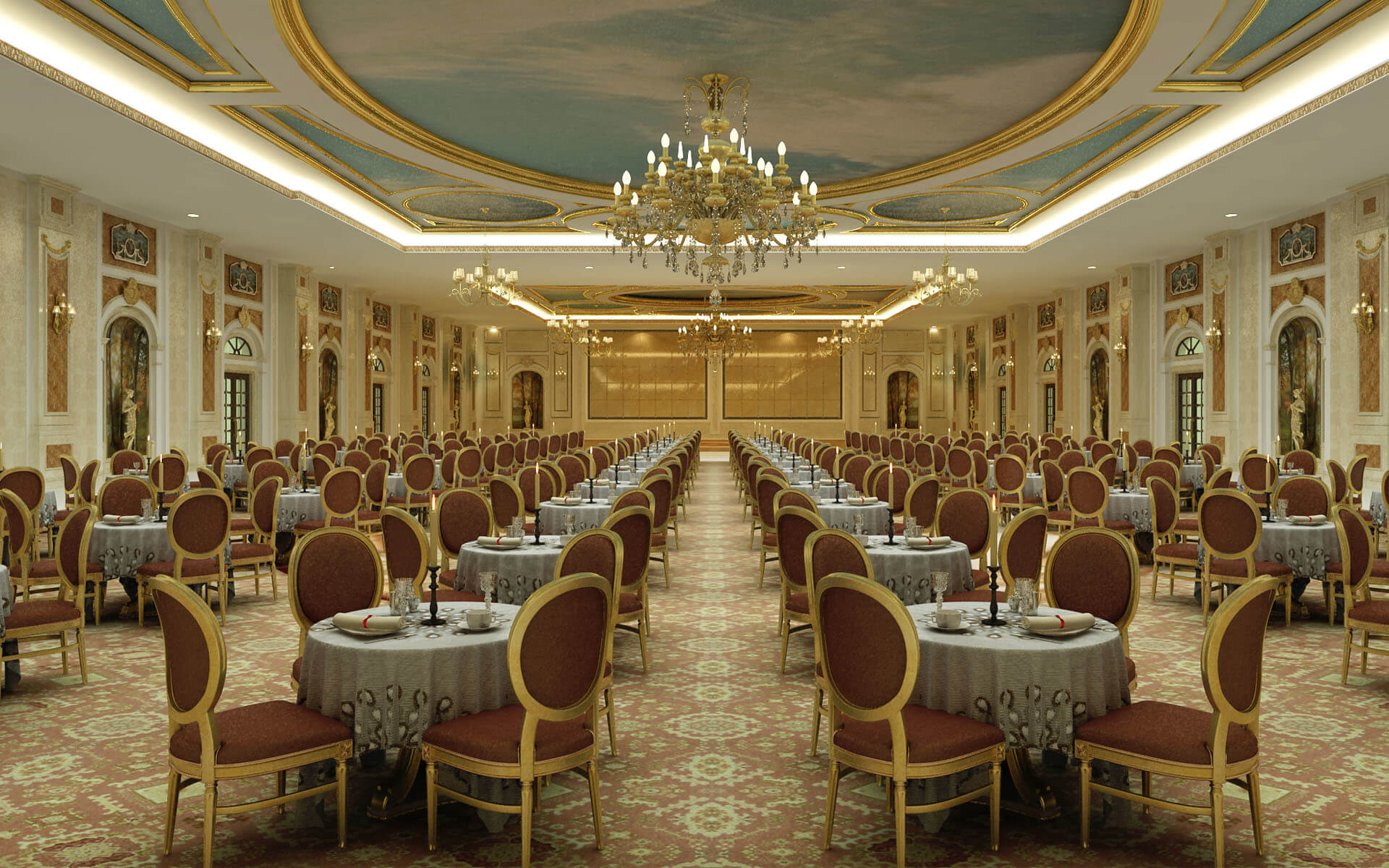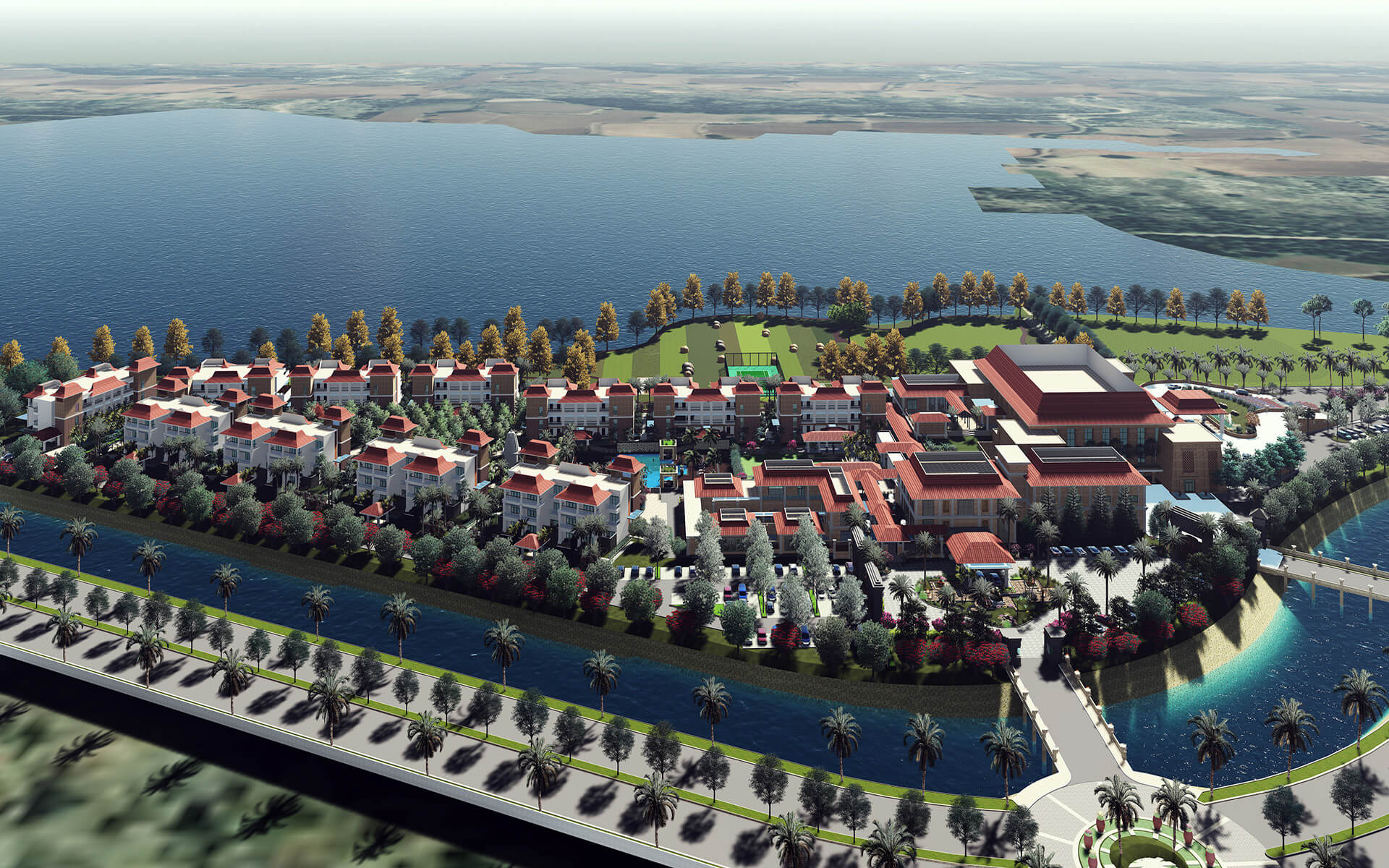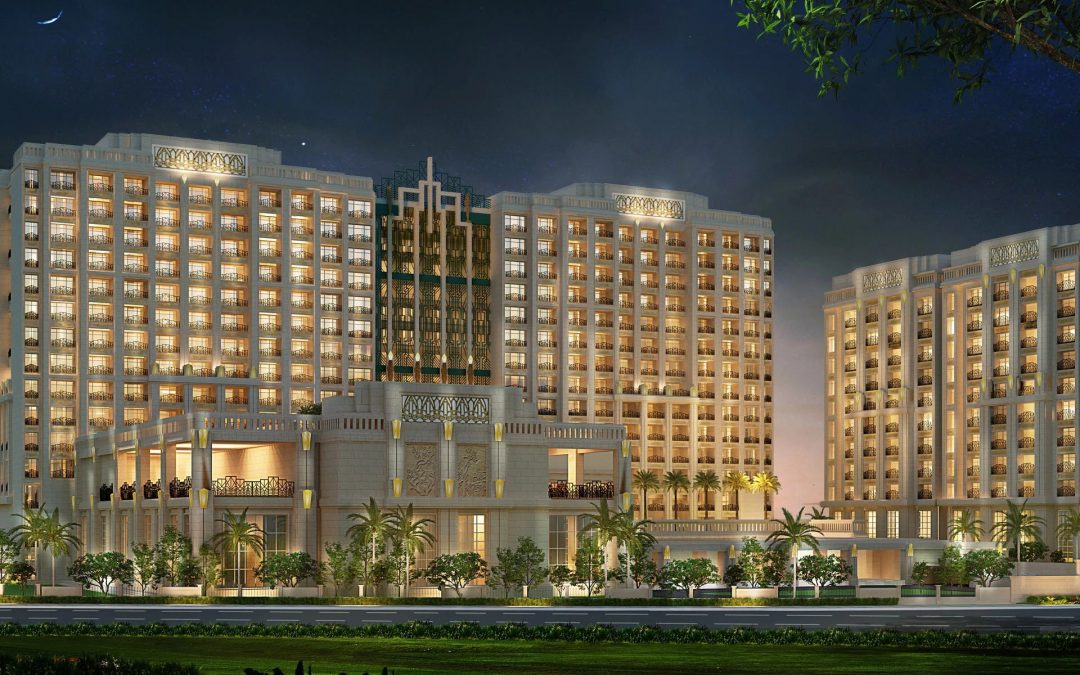Architecture Review – An Insight into Mayfair Hotels
As a leading architectural practice, it delights us to get an insight into a client’s perspective about design for a specific industry and how that affects architectural design. It provides us a deeper understanding of design as well as a better insight into the segment (hospitality in this case). We started the series with an analysis of design strategies of Mayfair hotels and an informal interview with Mr. Dilip Ray – Chairman and Managing Director of Mayfair Hotels. Mr. Dilip Ray is a leading hotelier who needs no introduction. We are happy to share our perspective on the design of Mayfair hotels along with clips from Mr. Dilip Ray’s interview.
Mayfair Hotels is a leading Indian Hospitality brand with multiple hotels and resorts in key destinations. As an Indian company in the industry filled with global players, Mayfair deserves credit for creating a strong brand identity through unique strategies. FHD is associated with Mayfair Hotels over several years across projects and we find a strong intellectual ideology that makes design for Mayfair Hotels unique and refreshing for end-user.
The Ideal second home
While most global hotel chains pick strategic hotel locations based on a statistical analysis of tourist movement, Mayfair picks a more human approach to pick a site. Mayfair understands the aspiration of a typical Indian, who lives in one normal home but aspires to have a second home in a place of his interest – a place that is beautiful, serene and in close proximity to an activity of his interest – temples, beaches, etc. Mayfair pics sites that are the aspirational second home for Indian users. This captures the dream of every end-user and turns them into repeat visitors.
Paradise of Landscape
Yet again on the contrary belief of hoteliers to make end-users stay longer indoors, Mayfair consciously designs a lavish landscape that brings the end-user outdoor. One- It helps them enjoy the serenity of the beautiful site that was picked keeping them in mind. Two- it reduces the cooling load of energy adding to sustainability. As a design team, FHD strongly believes in Sustainability as well.
At FHD we have pioneered award-winning Green Community – Organo. Over time, Mayfair’s hotels have become synonymous with Paradise.
Perception of Classical Architecture
As architects, we constantly debate over contemporary vs classical design on a formal level. Mayfair sees classical design from a very different perspective. One – Classical design captures the aspiration of the end-user to live in a palace. Two. The classical design adds to the grandeur without having to use lavish materials. Three – Classical design captures the historical context of the place when used wisely – Ex. Mayfair at Kolkata uses Art deco style that takes back both local and global tourists to the historic colonial Kolkata, giving them a unique experience.

View of Banquet Hall, Mayfair Kolkata
Perception of scale
Most global chains provide room sizes that are heavily optimized based on anthropometry. The final room size is the minimum space required to make the design program work. Sometimes, you can notice toilets that just have enough space for you to turn and close the door. Mayfair takes a different route here by providing rooms that are much larger. An average Mayfair room is about 50% larger than other hotel chains. Mayfair’s toilets are comparable to a small room in other hotels. This spaciousness resonates with the user’s mind where he is cramped for space from his day to day life. The perception of scale provides a unique comfort that cannot be replaced by expensive fixtures.
Customer service
This point though not architectural, fascinates us as human beings empathetic to end-users. Mayfair’s individualized customer service takes hospitality to the next level. Imagine two equally good atrium’s, one with personalized service and others with service on-demand. An end-user would perceive the former to be better designed than the latter. Especially tourists from western countries, who are used to limited manpower in service, would find Mayfair as an Indian alternate with higher manpower that offers individualized service, pampering. Imagine an exclusive butler for you… that’s exclusivity!
Art and design
Having seen print replicas of renowned global artists, handmade local art from a regional artist feels refreshing. Mayfair picks regional artists and pays them to work on artworks that adorn their specific hotel in the region. One-this gives the end user a feel of the local culture. Two – it acts as an employment opportunity to lift the local people. Three – The hotel suddenly feels like an art gallery that exhibits vernacular art, which also changes over time. This makes Mayfair experience unique from the rest.

Aerial view of Mayfair Golf Resorts, Raipur
Efficient details
Mayfair as a client constantly brings us feedback on the performance of details which enables us to innovate new ways of detailing. Some instances are :
a) Mayfair prefers to stand-alone bathtubs to built-in tubs, as it is easier to maintain and service,
b) Mayfair ensures facade details are worked out to ensure cleaning efficiency,
c) Corridors are shaded to ensure protection from the rain. Innovative detailing takes the design of the project up by a notch.
Being an Owner and Operator
While most big chains are owned by a different owner and operated by a different operator, there is a gap between the experience aspired vs the actual experience provided. Being an owner-operated chain Mayfair enjoys several advantages over the rest.
1) Mr. Dilip Ray is a hands-on owner, who sees himself as the first visitor to his hotel. As architects, we are surprised to see him in his hotel most of the time, which enables him to identify opportunities to improve the design, which in turn enables us at FHD to provide more customer-oriented design.
2) The owner and operator are one enable Mayfair to make quick decisions and adapt to the market faster. When as designers we find an innovative method, it could go into the current project under design.
3) What the design intends to do gets completely translated into how space works. When the owner and operator are different, the operator might not honor the design decisions of the owner. So as a designer, it gives us more freedom to work towards better solutions for Mayfair and its end users.
An Indian Experience
This would be a summarizing closing statement. All the above points add up to one large experience – An Indian experience to the end-user. Mayfair’s SOP – Standard Operating Procedure is built around the end-user, whereas in a global chain, local hotels follow SOP set up by an international agency. One example is that Mayfair always provides a temple where clients offer prayers round the clock, which makes the users feel Indian. An international chain might consider that as noise disturbance for others. Mayfair thus ensures an Indian experience for the end-user at every step.
As designers, we are amused to see the Indian hotel brand providing a unique Indian experience in the hospitality segment. An empathetic brand makes a huge difference in this customer intensive segment, and FHD has enjoyed designing most of their landmark hotels.

